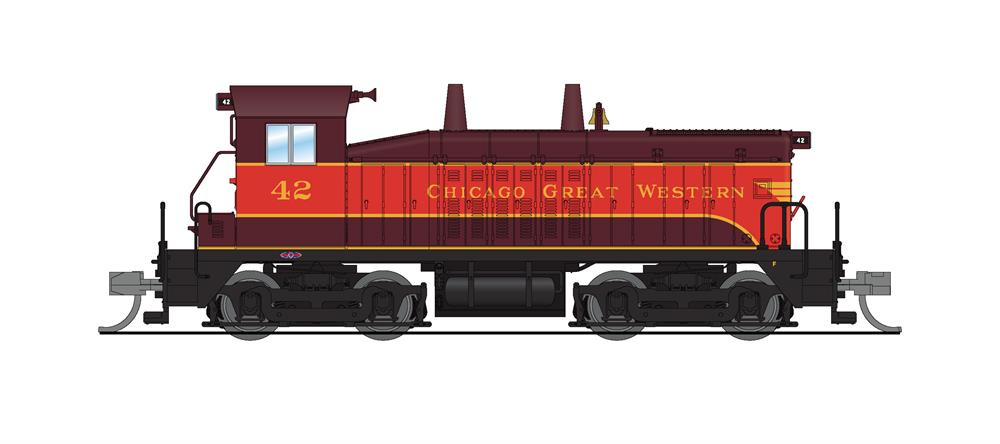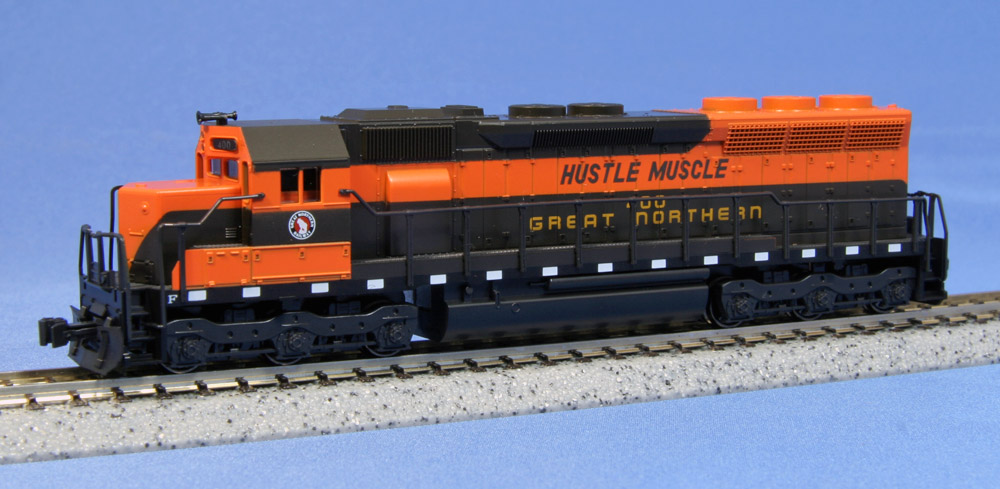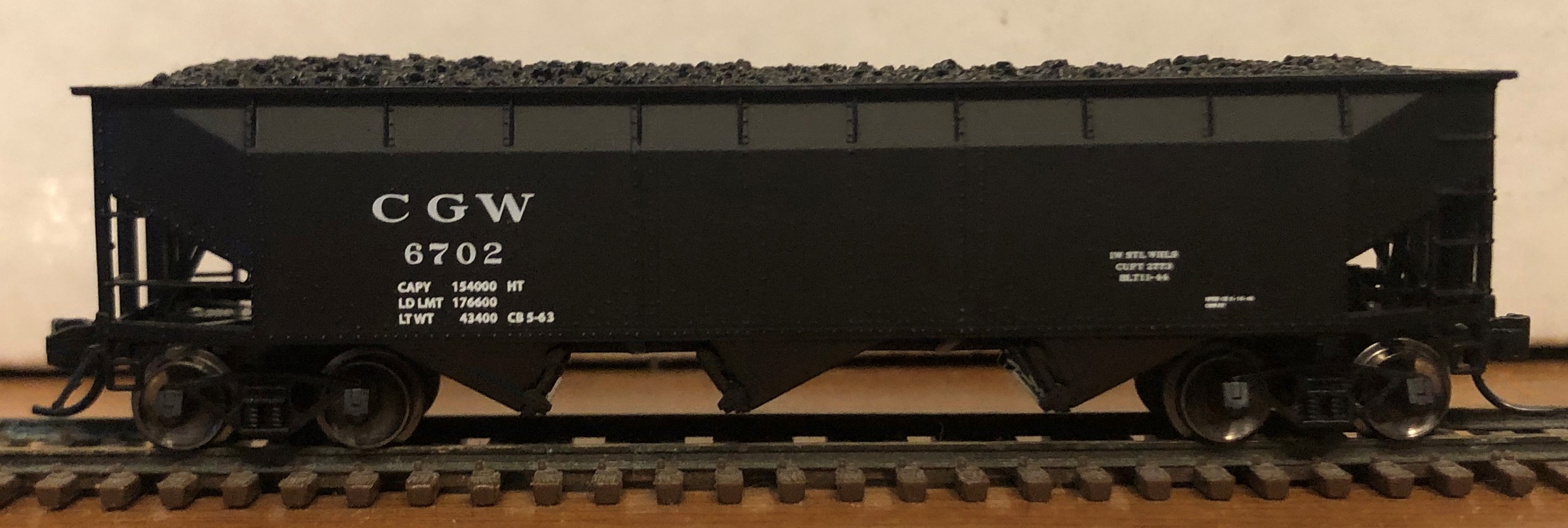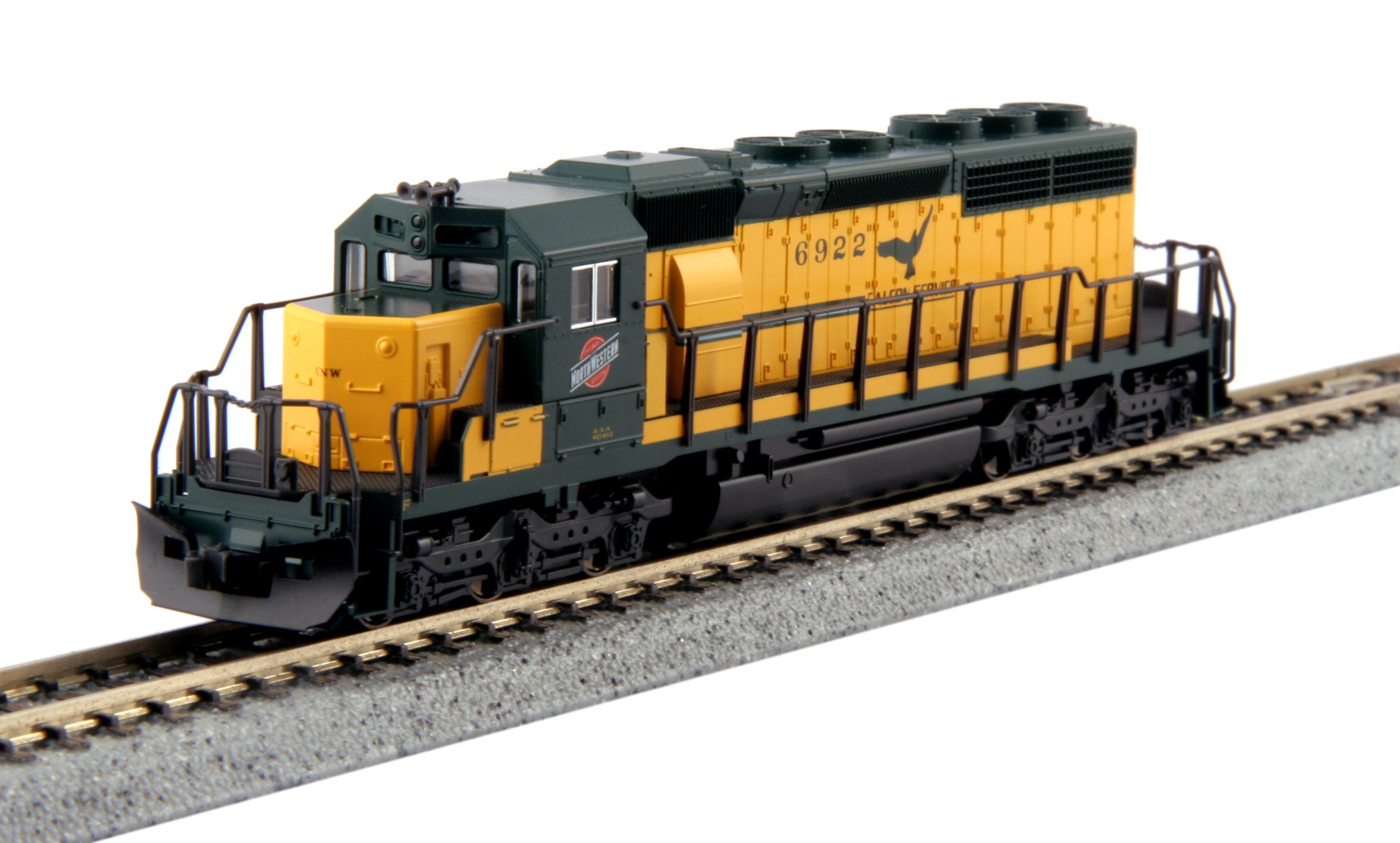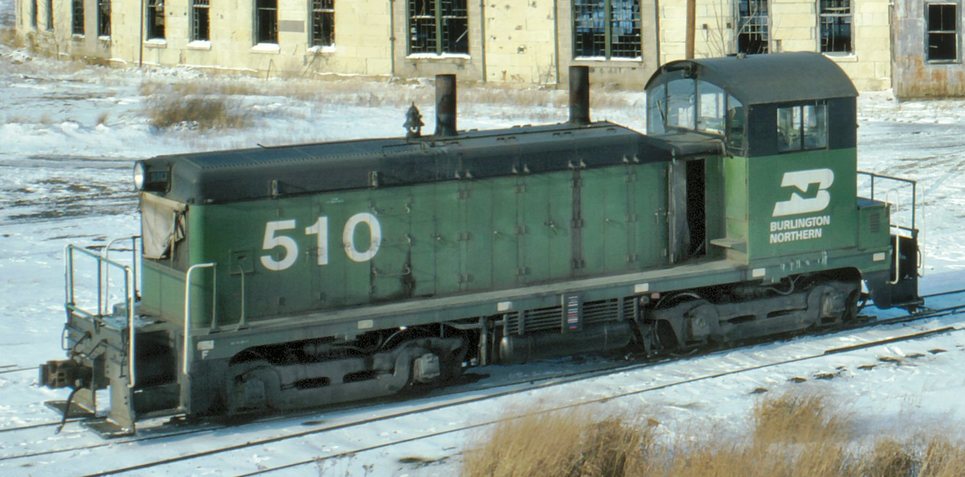Specific Item Information: Paragon4 Sound
Model Information: BLI released its NW2 and SW7 concurrently in 2019, using the same chassis, as the two engines are largely similar.
The main spotting differences are:
- Windows: Rounded on NW2, Rectangle on SW7.
- Forward radiator grid: Small on NW2, Large on SW7.
The main spotting differences are:
- Windows: Rounded on NW2, Rectangle on SW7.
- Forward radiator grid: Small on NW2, Large on SW7.
- Precision Drive Mechanism engineered for continuous heavy load towing and smooth slow speed operation
- Premium Caliber Painting with Authentic Paint Schemes
- Prototypical Light Operation with Golden White LED Headlight (and MARS Light Where Applicable)
- Die Cast Body with Die Cast chassis for Maximum Tractive Effort
- (2) Operating MicroTrains #1015 or Compatible Couplers
- Separately Applied Hand Rails, Grab Irons, Rear Diaphragm, and Horn(s)
- Will Operate on Code 55, 70, and 80 Rail
- Recommended Minimum Radius: 9.75 inches
DCC Information:
- NEW Paragon3 Sound & Operation System FEATURING ROLLING THUNDER (TM) with Authentic Sounds and Prototypical Operation in both DC and DCC environments
- Integral DCC Decoder with Back EMF for Industry Best Slow Speed Operation in DC and DCC
- Operates in DC & DCC (use DCMaster for DC Sound)
- Record & Play Operation - Records and plays back sounds and movements once or repeatedly for automatic operation
- 16-bit Sample Rate for exceptional high frequency sound clarity
- Alternate Whistle / Horn where applicable for locomotive with air horn and steam whistle - both the main whistle and alternate can be easily played
- Adjustable bell ringing interval for faster or slower bell
- Numerous user-mappable functions with available keys
- Passenger Station Ambient Sounds - Controlled with Function Key
- Freight Yard related radio chatter - Controlled with Function Key
- Lumber Yard Ambient Sounds - Controlled with Function Key
- Farm related radio chatter - Controlled with Function Key
- Crew Radio Communications - Controlled with Function Key
- Maintenance Yard related radio chatter - Controlled with Function Key
- Demo Mode for display and demonstrations
- Simple Programming with Integral DCC Decoder
- Individually adjustable sound volumes for most effects
Prototype History: The EMD NW2 is a 1,000 hp (750 kW), B-B switcher locomotive manufactured by General Motors Electro-Motive Division of La Grange, Illinois. The NW2 was manufactured from February 1939 to December 1949, and 1145 were produced – 1121 for the U.S., and 24 were exported to Canada. The 1,000 hp (750 kW) was achieved by using a 12-cylinder, model 567, and later, a model 567A engine.
EMD also offered a cow-calf version of the NW2 known as the TR, TR2, and TR3; 3 TR cow-calf paired sets, 36 TR2 cow-calf paired sets, and 2 TR3 cow-calf-calf sets were produced. The TR sets were built prior to World War II and the TR2 and TR3 sets were built postwar.
EMD’s NW2 switcher’s lifetime was nearly cut short just three years after its introduction, with the establishment of the War Production Board in 1942, which dictated that EMD was to halt all production of switching locomotives, manufacturing only road diesels during the years of 1942 to 1945. However, such was the popularity of this end cab switching locomotive that after the restriction was lifted, the NW2 sprung back as many railroads placed orders for this little 1000hp powerhouse; today these locomotives can still be found enjoying continued service in rail yards. They were to wear paint for 88 different railroads ... from class 1 giants such as UP (with 95 units, the largest user) all the way down to short-line and industrial roads with but 1 on the roster.
From Wikipedia
Read more on American-Rails.com.
EMD also offered a cow-calf version of the NW2 known as the TR, TR2, and TR3; 3 TR cow-calf paired sets, 36 TR2 cow-calf paired sets, and 2 TR3 cow-calf-calf sets were produced. The TR sets were built prior to World War II and the TR2 and TR3 sets were built postwar.
EMD’s NW2 switcher’s lifetime was nearly cut short just three years after its introduction, with the establishment of the War Production Board in 1942, which dictated that EMD was to halt all production of switching locomotives, manufacturing only road diesels during the years of 1942 to 1945. However, such was the popularity of this end cab switching locomotive that after the restriction was lifted, the NW2 sprung back as many railroads placed orders for this little 1000hp powerhouse; today these locomotives can still be found enjoying continued service in rail yards. They were to wear paint for 88 different railroads ... from class 1 giants such as UP (with 95 units, the largest user) all the way down to short-line and industrial roads with but 1 on the roster.
From Wikipedia
Read more on American-Rails.com.
Road Name History: 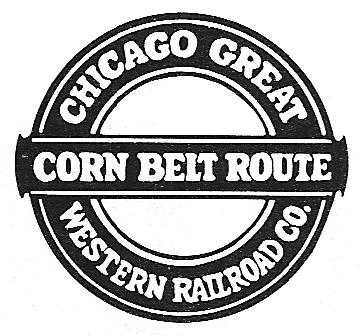 Chicago Great Western was the result of the 1892 reorganization of the Chicago St. Paul & Kansas City. By 1903, the CGW had grown to its maximum size. The CGW had a vaguely cross-shaped system map. The east-west leg started in Chicago and linked Dubuque, Fort Dodge (both in Iowa) and finally Omaha, Nebraska. The north-south line started in St. Paul, Minnesota and linked Waterloo and Des Moines, Iowa then St. Joseph and Kansas City, Missouri. Each axis consisted of a big arc which put CGW at a distance disadvantage to most other railroads servicing the same region – and there were a lot of railroads in the area.
Chicago Great Western was the result of the 1892 reorganization of the Chicago St. Paul & Kansas City. By 1903, the CGW had grown to its maximum size. The CGW had a vaguely cross-shaped system map. The east-west leg started in Chicago and linked Dubuque, Fort Dodge (both in Iowa) and finally Omaha, Nebraska. The north-south line started in St. Paul, Minnesota and linked Waterloo and Des Moines, Iowa then St. Joseph and Kansas City, Missouri. Each axis consisted of a big arc which put CGW at a distance disadvantage to most other railroads servicing the same region – and there were a lot of railroads in the area.
Passenger service was never a major priority and many trains consisted of doodlebugs and trailers even before World War One. In the 1920s CGW did team up with Santa Fe to run through sleepers from the Twin Cities to Los Angeles.
Big mainline power in the 30s and 40s consisted of a fleet of 3 dozen 2-10-4s. In 1936, CGW launched piggyback service – one of the first in the nation. One piggyback customer was a truck line specializing in hauling steel. Since CGW charged by the trailer, the truck line would take the contents of 3 trailers which had maxed out on highway weight and reload all the steel into a single catastrophically heavy trailer that would ride the flat car. They didn’t tell CGW though. No one was the wiser until the landing gear on a trailer punched through the deck of the flat car and derailed a train at speed!
By 1950, CGW had completely dieselized with a mix of Alco, Baldwin and EMD switchers, Alco and EMD road switchers (the former running long hood forward and the latter equipped with dual controls,) and a sizable fleet of EMD F units. By this time, the Deramus family (who already controlled the Kansas City Southern) had gained control of the CGW. Over the years, they cut costs and services. CGW began holding trains until they reached maximum tonnage. Trains between 150 and 250 cars were a daily occurrance behind A-B-B-B-B-A sets of F units. What’s more, these monsters would stop and switch along the way!
Around 1951, they dropped “The Corn Belt Route” logo in favor of the Lucky Strike style logo. The first generation of diesels were delivered in ornate maroon, and red with yellow striping. This was replaced with a simplified solid maroon and then red with black roof (which was essentially the same as neighbor and fellow Deramus controlled Kansas City Southern.) The second generation of diesels consisted entirely of GP30’s and SD40’s.
Despite the iffy service and tremendous competition in the area, and thanks to the cost cutting and a dearth of money losing passenger operations that plagued their neighbors, CGW steadily made money through the 50s and 60s. But, in the age of mergers, it was clear they couldn’t make it on their own. CGW discussed merger with every possible connection but ultimately merged into Chicago & North Western in 1968. In their last full year, the CGW was a 1,411 mile line with 139 locomotives (for comparison, they were about the same size as Western Pacific.)

Passenger service was never a major priority and many trains consisted of doodlebugs and trailers even before World War One. In the 1920s CGW did team up with Santa Fe to run through sleepers from the Twin Cities to Los Angeles.
Big mainline power in the 30s and 40s consisted of a fleet of 3 dozen 2-10-4s. In 1936, CGW launched piggyback service – one of the first in the nation. One piggyback customer was a truck line specializing in hauling steel. Since CGW charged by the trailer, the truck line would take the contents of 3 trailers which had maxed out on highway weight and reload all the steel into a single catastrophically heavy trailer that would ride the flat car. They didn’t tell CGW though. No one was the wiser until the landing gear on a trailer punched through the deck of the flat car and derailed a train at speed!
By 1950, CGW had completely dieselized with a mix of Alco, Baldwin and EMD switchers, Alco and EMD road switchers (the former running long hood forward and the latter equipped with dual controls,) and a sizable fleet of EMD F units. By this time, the Deramus family (who already controlled the Kansas City Southern) had gained control of the CGW. Over the years, they cut costs and services. CGW began holding trains until they reached maximum tonnage. Trains between 150 and 250 cars were a daily occurrance behind A-B-B-B-B-A sets of F units. What’s more, these monsters would stop and switch along the way!
Around 1951, they dropped “The Corn Belt Route” logo in favor of the Lucky Strike style logo. The first generation of diesels were delivered in ornate maroon, and red with yellow striping. This was replaced with a simplified solid maroon and then red with black roof (which was essentially the same as neighbor and fellow Deramus controlled Kansas City Southern.) The second generation of diesels consisted entirely of GP30’s and SD40’s.
Despite the iffy service and tremendous competition in the area, and thanks to the cost cutting and a dearth of money losing passenger operations that plagued their neighbors, CGW steadily made money through the 50s and 60s. But, in the age of mergers, it was clear they couldn’t make it on their own. CGW discussed merger with every possible connection but ultimately merged into Chicago & North Western in 1968. In their last full year, the CGW was a 1,411 mile line with 139 locomotives (for comparison, they were about the same size as Western Pacific.)
Brand/Importer Information: 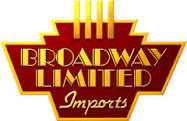 Broadway Limited Imports, LLC defines itself as "the world's foremost producer of top-quality HO and N scale model trains".
Broadway Limited Imports, LLC defines itself as "the world's foremost producer of top-quality HO and N scale model trains".
The company was founded in 2002 and introduced its first N scale model in 2009.
Broadway Limited Imports is composed of a team of 15 fun loving individuals who are dedicated to creating the most realistic model railroading experience possible, with the best customer service possible.
The Broadway Limited Imports headquarters is located in Ormond Beach, Florida at 9 East Tower Circle. It's just under an hour's drive from Disney World.
About Broadway Limited Imports.

The company was founded in 2002 and introduced its first N scale model in 2009.
Broadway Limited Imports is composed of a team of 15 fun loving individuals who are dedicated to creating the most realistic model railroading experience possible, with the best customer service possible.
The Broadway Limited Imports headquarters is located in Ormond Beach, Florida at 9 East Tower Circle. It's just under an hour's drive from Disney World.
About Broadway Limited Imports.
Item created by: CNW400 on 2021-04-18 10:20:06. Last edited by CNW400 on 2021-04-18 10:20:07
If you see errors or missing data in this entry, please feel free to log in and edit it. Anyone with a Gmail account can log in instantly.
If you see errors or missing data in this entry, please feel free to log in and edit it. Anyone with a Gmail account can log in instantly.


